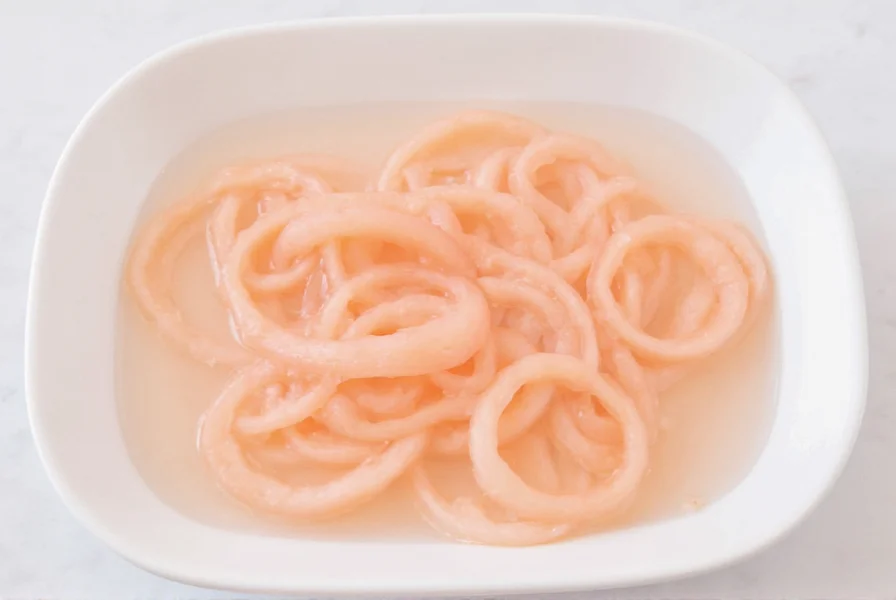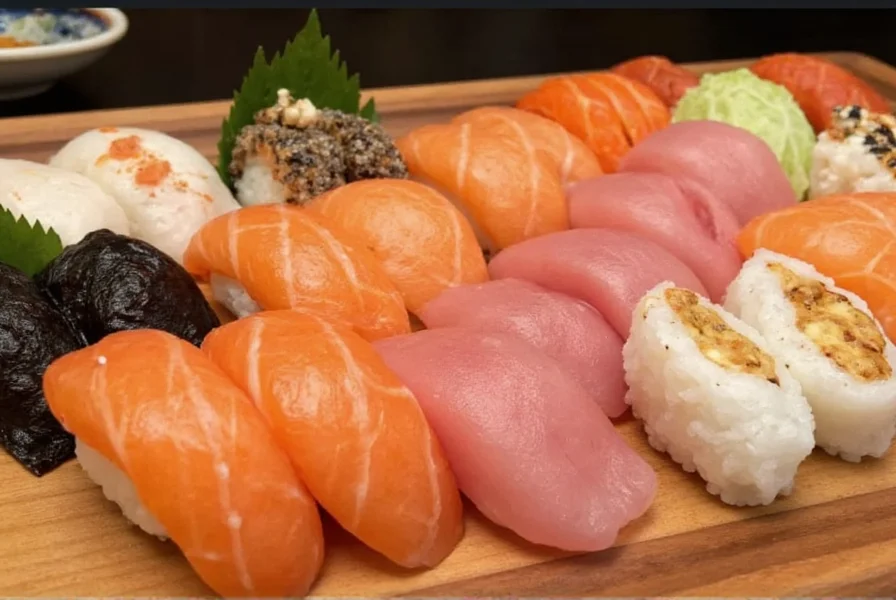The specific type of ginger served with sushi is called gari - thinly sliced young ginger that's been pickled in a sweet vinegar solution. This pale pink accompaniment is not regular fresh ginger, but a specialized preparation designed to cleanse the palate between different types of sushi.
When enjoying authentic Japanese cuisine, you'll notice that ginger for sushi isn't just any ordinary ginger root. Gari represents a culinary tradition that dates back centuries, serving a precise purpose in the sushi dining experience. Unlike mature ginger which has a sharp, pungent flavor, gari uses shin-shoga (young ginger) harvested in early summer when the rhizomes are tender, less fibrous, and naturally sweeter.
The Purpose of Ginger in Sushi Culture
Gari plays three essential roles in traditional sushi meals:
- Palate cleanser - The mild acidity and subtle sweetness reset your taste buds between different fish varieties
- Digestive aid - Ginger's natural properties help with digestion of raw fish
- Sensory transition - Creates a mental break between品尝 different sushi pieces
Contrary to common misconception, sushi chefs don't intend for you to mix gari with your sushi. Proper sushi etiquette dictates eating the ginger separately, typically after finishing one type of nigiri and before moving to the next.
Gari vs. Other Ginger Preparations
Many people confuse gari with other Japanese ginger preparations. Understanding these differences is crucial for authentic sushi experiences:
| Ginger Type | Preparation | Color | Common Use |
|---|---|---|---|
| Gari | Pickled young ginger in sweet vinegar | Pale pink (naturally) | Served with sushi |
| Beni Shoga | Thinly sliced mature ginger pickled in umeboshi vinegar | Bright red | With yakisoba or okonomiyaki |
| Shoga | Fresh mature ginger, grated or sliced | Creamy white | Cooking ingredient |
The distinctive pale pink color of authentic gari comes naturally from the reaction between the young ginger's enzymes and the vinegar during pickling - not from artificial coloring as many commercial products use. High-quality gari maintains a delicate balance of sweet, sour, and ginger flavors without overwhelming heat.

How Traditional Sushi Ginger Is Made
Creating authentic gari requires attention to detail and quality ingredients. The traditional preparation method follows these steps:
- Select young ginger harvested in June or July (shin-shoga)
- Peel and thinly slice (approximately 1-2mm thick)
- Soak in vinegar solution (typically rice vinegar with sugar and salt)
- Allow natural enzymatic reaction to develop the pale pink hue
- Mature for 2-4 weeks for optimal flavor development
The sugar-to-vinegar ratio significantly impacts the final product. Authentic sushi ginger maintains a subtle sweetness that complements rather than competes with the fish. Many Western sushi restaurants use artificially colored ginger with excessive sugar, which detracts from the intended palate-cleansing function.
Quality Indicators for Authentic Sushi Ginger
When evaluating sushi ginger quality, look for these characteristics:
- Natural color - Should be pale pink, not bright pink or orange
- Texture - Tender but slightly crisp, not mushy
- Flavor balance - Mild ginger heat with noticeable but not overwhelming sweetness
- Vinegar quality - Clean rice vinegar flavor without chemical aftertaste
- Slice thickness - Uniformly thin (1-2mm) for proper texture
At reputable sushi establishments, you'll notice the gari is often arranged in a small mound between servings of different fish types. The portion size should be modest - typically one or two small slices per transition between sushi pieces.

Common Misconceptions About Sushi Ginger
Several misunderstandings persist about proper sushi ginger usage:
- Myth: Ginger should be placed on top of sushi
Fact: This overwhelms the delicate fish flavor; eat ginger separately - Myth: Bright pink color indicates higher quality
Fact: Natural gari is pale pink; bright color usually means artificial dye - Myth: More ginger means better cleansing
Fact: Excessive ginger disrupts the meal progression; small portions suffice - Myth: Any pickled ginger works for sushi
Fact: Mature ginger varieties create overly strong, fibrous results
Understanding these distinctions enhances your appreciation of authentic sushi dining. The next time you enjoy sushi, pay attention to the quality and presentation of the ginger - it often reflects the establishment's overall commitment to traditional preparation methods.











 浙公网安备
33010002000092号
浙公网安备
33010002000092号 浙B2-20120091-4
浙B2-20120091-4